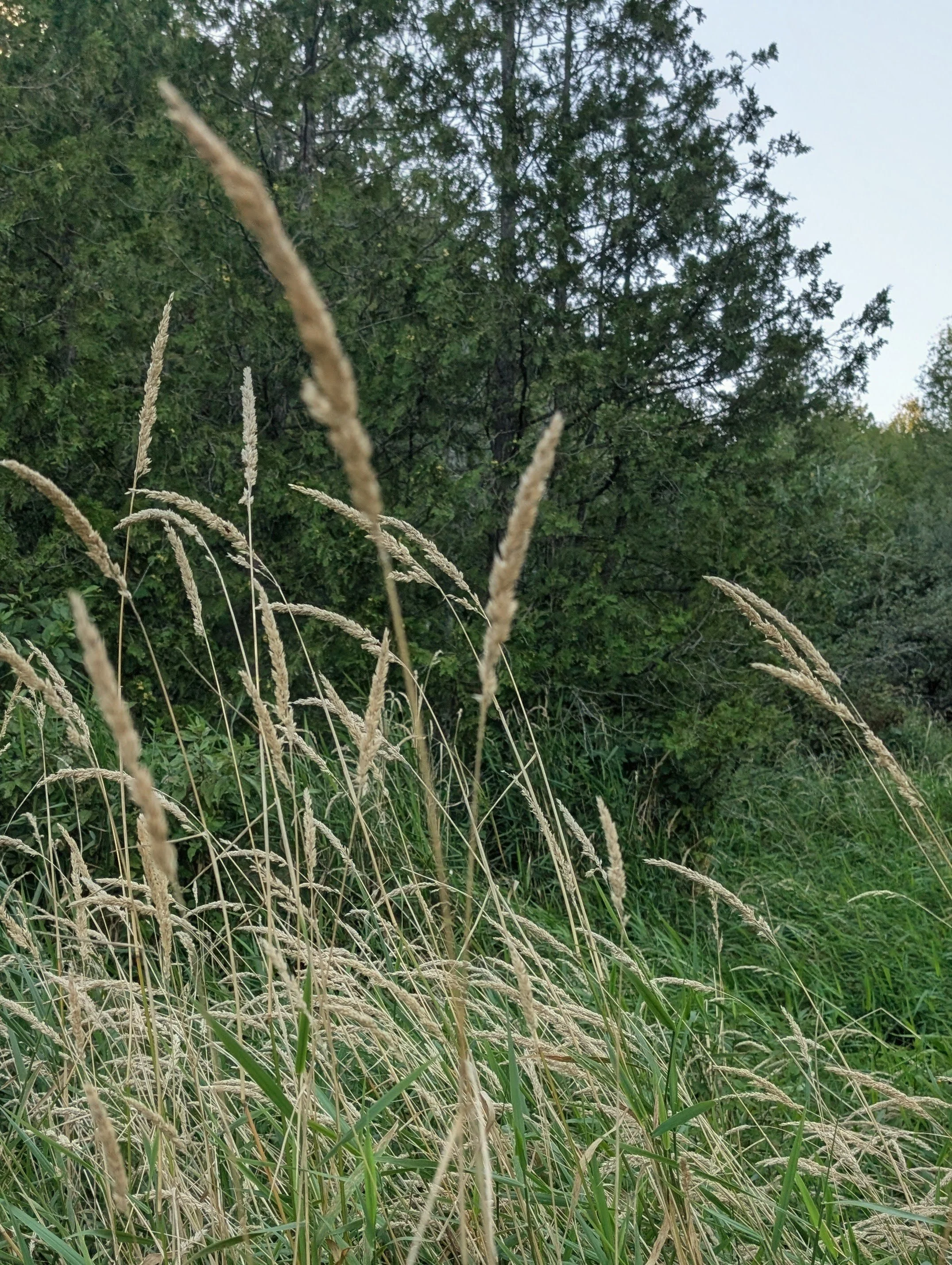Bloom: early to mid-summer
Habitats: bogs; fens; marshes; poorly drained areas along railroads; prairie swales; sandy pannes near Lake Michigan; sedge meadows; swamps; wet to moist dolomite prairies; wet to moist prairies; wet to moist sand prairies
Lifespan: perennial
Moisture: wet to moist
Plant type (height): grass (2 to 5 feet)
Requirements: full sun to partial sun
Soil: clay; loam; sand; silt
